Cyanobacteria
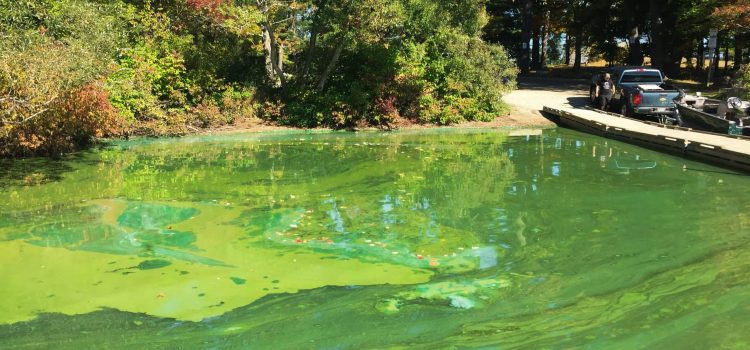
Quick Links
LSM Programs & Tools
Latest News from LSM
Forms & Data Sheets
Water clarity is the most highly valued lake attribute in Maine.1 One likely effect of a warming climate on lakes will be an overall increase in the abundance of algae in lake water, resulting in declining clarity. As lake water warms, the conditions for algal growth are generally enhanced. Of particular concern is the potential for a shift in algal composition toward the Cyanobacteria (blue-green algae), which proliferate in warmer water with higher concentrations of phosphorus. Longer annual growing seasons and more intense storms associated with a warming climate will result in additional phosphorus entering our lakes.
Cyanobacteria are single-celled organisms. Some are solitary others are colonial. All cyanobacteria are autotrophs, meaning they produce their own energy by photosynthesizing sunlight. Cyanobacteria are a very old group of organisms. Some evidence pointing to having evolved at least 2.7 Ga (billion years) ago and they are the earliest know oxygen producing organisms.
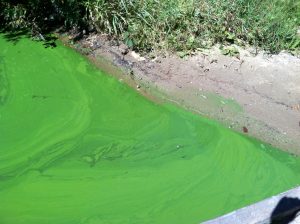
Some of these cyanobacteria produce toxins. It is not entirely know if the production of these toxins is to discourage predation or allelopathy (a means of discouraging completion from other species). Several of the toxins that can occur are saxitoxin, Anatoxin-α, Microcystin, BMAA (β-Methylamino-L-alanine), and Cylindrospermopsin. Although these can be serious, the concentrations required for a full-sized adult to become sick have not been observed in Maine so far (there is limited testing).
In order to help improve the understanding of cyanobacteria and harmful algae blooms in Maine’s lakes, it is critical to have participation in community science monitoring. LSM has worked with the US EPA, the Maine DEP, and other state, and academic organizations to help develop the EPA BloomWatch mobile application.
Using the EPA BloomWatch app does not require additional certification from LSM and has a near-real time data portal where you can find out what conditions on your lake have been, based on submissions by community members like you.
The Maine DEP lists lakes that are at elevated risk for an algae blooms – importantly this is not harmful algae blooms – or even inherently cyanobacteria algae blooms.
Related Information
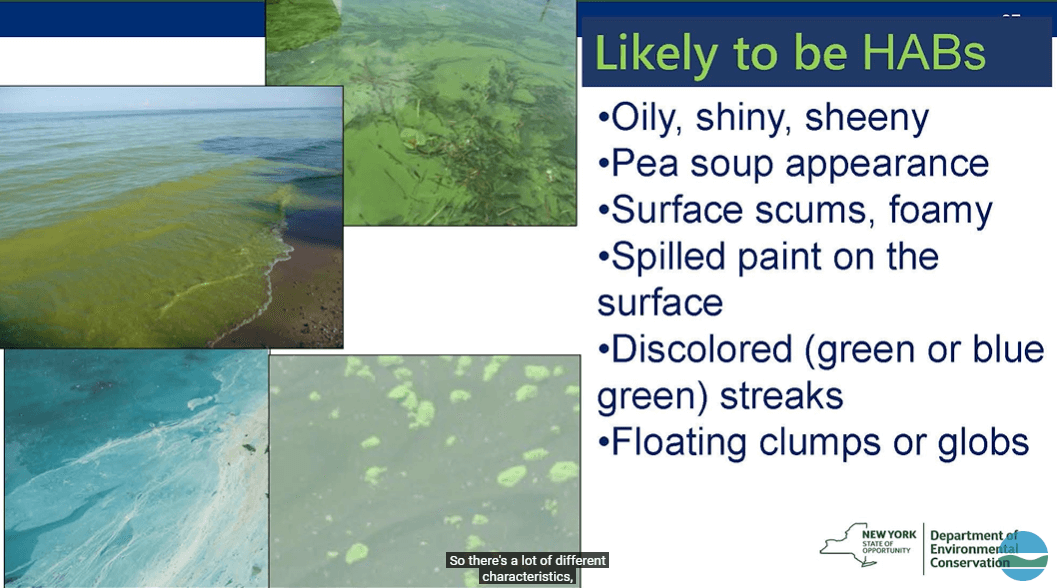
New York Dept. of Environmental Conservation: How to Identify Harmful Algae Blooms
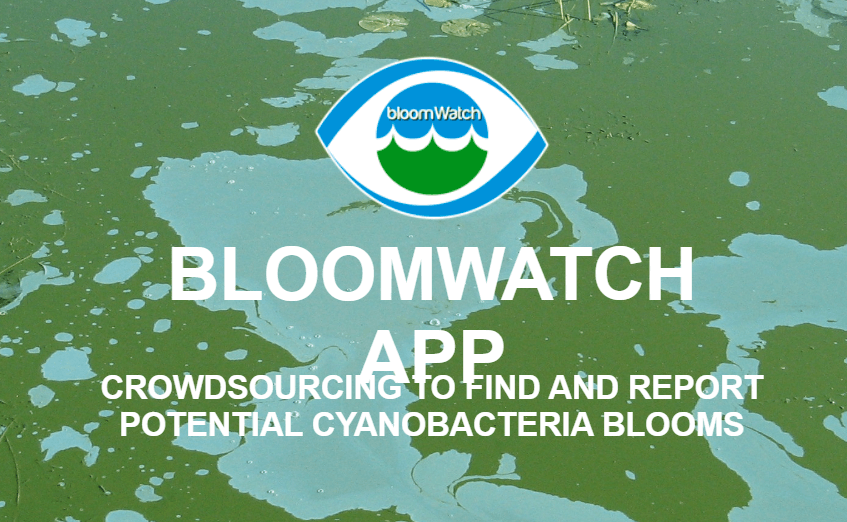
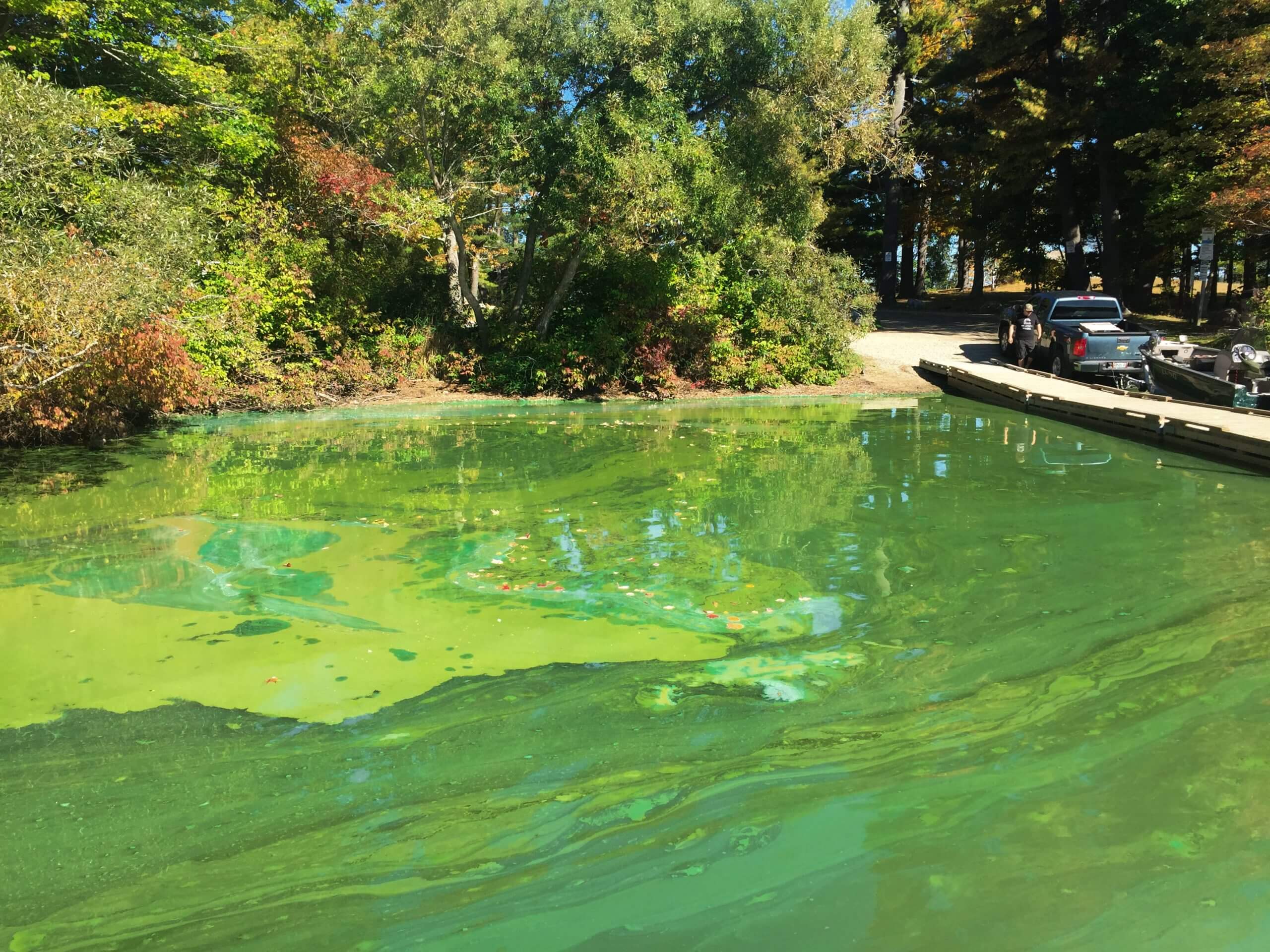
Cyanobacteria Monitoring
Cyanobacteria Monitoring Quick Links Citizen lake scientists are helping detect cyanobacteria blooms. Want to help? Please check out these three excellent programs available through EPA! BloomWatch – Do you notice that a lake suddenly turned the

Cyanobacteria
Cyanobacteria Quick Links Water clarity is the most highly valued lake attribute in Maine.1 One likely effect of a warming climate on lakes will be an overall increase in the abundance of algae in lake water,
